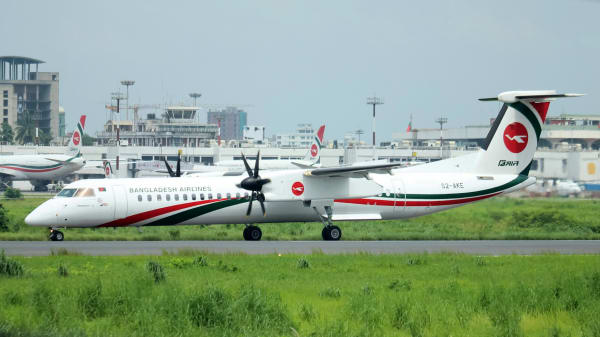Key Differences Between Commercial and Private Pilot Licenses
For many aspiring pilots, navigating the different types of pilot licenses and understanding their differences can seem like a daunting task. Today, we are going to explore the fundamental distinctions between a Commercial Pilot License (CPL) and a Private Pilot License (PPL). Thoroughly understanding these pilot license differences will help you make the best decisions for your future aviation journey.
Private Pilot License (PPL)
A Private Pilot License allows you to carry non-commercial passengers with no limit on the number of passengers you can have in your airplane. However, the Private Pilot License is essentially for people who fly as a hobby.
Key Features of a Private Pilot License
- No payment is allowed for the services you provide as a pilot.
- You must not utilize your aircraft for commercial operations.
- International flying is possible, given that you comply with foreign aviation rules.
- You can share the expenses of flight, including fuel, oil, airport expenses, and loss or depreciation.
Commercial Pilot License (CPL)
In contrast to the PPL, a Commercial Pilot License allows the holder to be financially compensated for pilot services. The CPL is a must if you plan to make a career out of flying. A CPL holder can be employed by an airline or any other aviation company.
Key Features of a Commercial Pilot License
- You are permitted to earn money for the services you provide as a pilot.
- You can operate charter flights, rescue operations, and cargo flights, among others.
- You are subject to stricter medical and legal requirements.
- The amount of flight hours required for a CPL is generally more than for a PPL.
Pilot License Differences: Training
The training required for a CPL is more comprehensive and rigorous, given the responsibilities that come with being a commercial pilot. In the U.S., CPL applicants must log at least 250 flight hours, with specific requirements as to the nature of these hours. Conversely, a PPL requires at least 40 hours of flight time, with 20 of those hours being from an instructor and 10 being solo flights.
In terms of medical fitness, a class 1 medical certificate is needed for a CPL, whereas a class 2 certificate is sufficient for a PPL.
Pilot License Differences: Exam
The examinations for the two licenses also vary. Both involve a written and a practical test. However, the PPL exam focuses more on the general operation of the aircraft and basic navigation skills. The CPL exam, meanwhile, tests advanced navigation and handling large aircraft under challenging circumstances.
Pilot License Differences: Aircraft Size
The kind of aircraft you aim to fly also plays a substantial role in the type of license you need. For operating small, single-engine aircraft, a PPL is sufficient. However, a CPL would be needed to fly larger, multi-engine aircraft.
Other Important Considerations
There are a few additional essential pilot license differences you need to consider:
Cost
Cost is a significant factor for potential pilots. Acquiring a PPL typically costs about $10,0003, whereas getting a CPL can cost up to $30,000. This makes the CPL a substantial investment.
Time Commitment
Getting a PPL usually takes between 3-12 months. In comparison, a CPL takes a more considerable time commitment and could take up to 2 years. Most commercial pilots also opt to gain an Airline Transport Pilot License (ATPL), which requires at least 1,500 flight hours.
Career Prospects
Career prospects are an essential consideration when choosing between the CPL and PPL. A PPL allows for a casual approach to flying and is typically pursued by hobbyists. On the other hand, a CPL opens up a vast range of career opportunities, from becoming a flight instructor to working for commercial airlines.
In the end, the type of pilot license that suits you best depends on your personal aspirations, budget, and the level of commitment you're willing to pledge to your aviation journey. Whether you decide to embark on a fulfilling career with a Commercial Pilot License or enjoy the liberty of the skies with a Private Pilot License, the most important thing is to enjoy every moment of your time in the air.
Remember, the journey to acquiring a pilot's license can be challenging, but with dedication and perseverance, the reward is an exclusive view of the world from thousands feet above.




